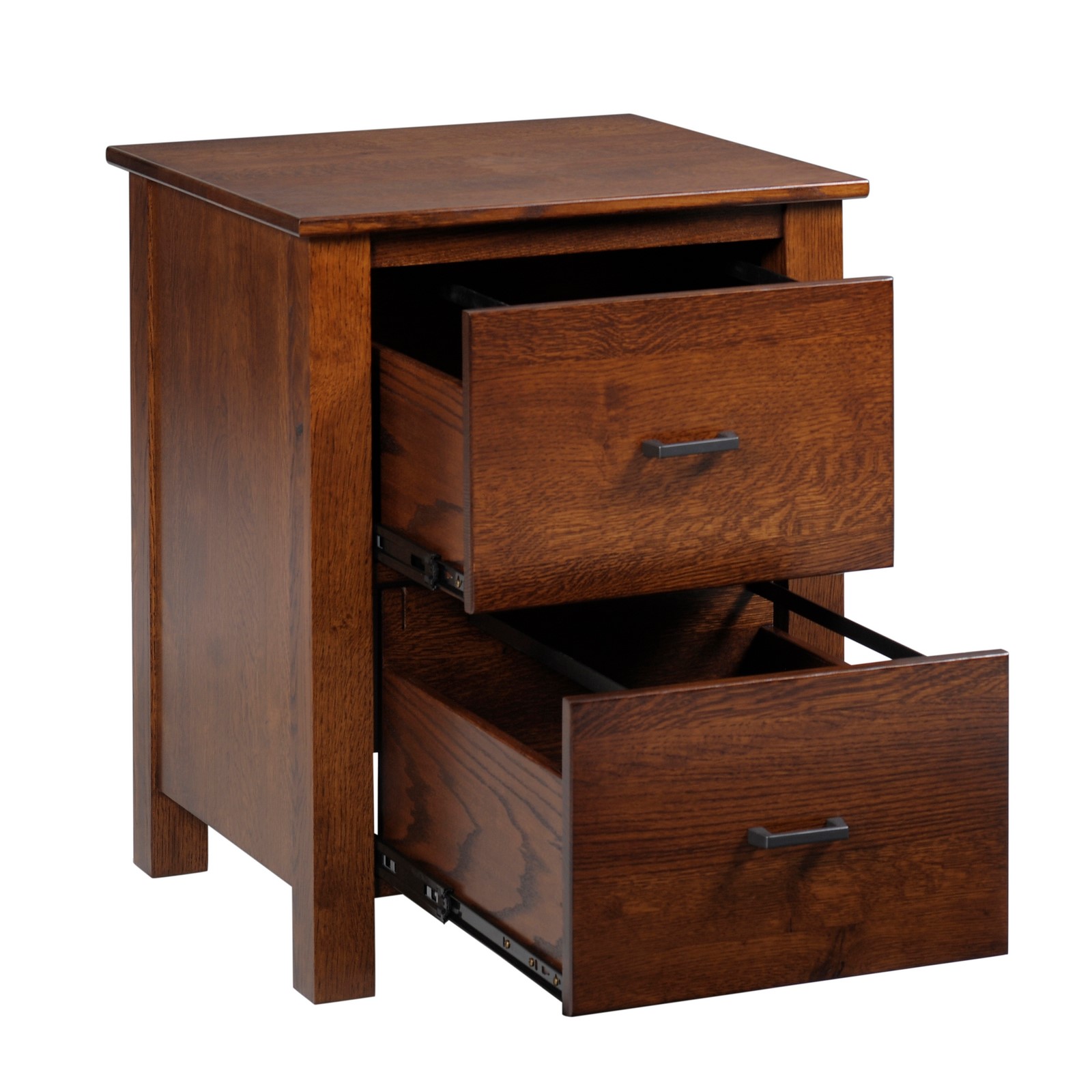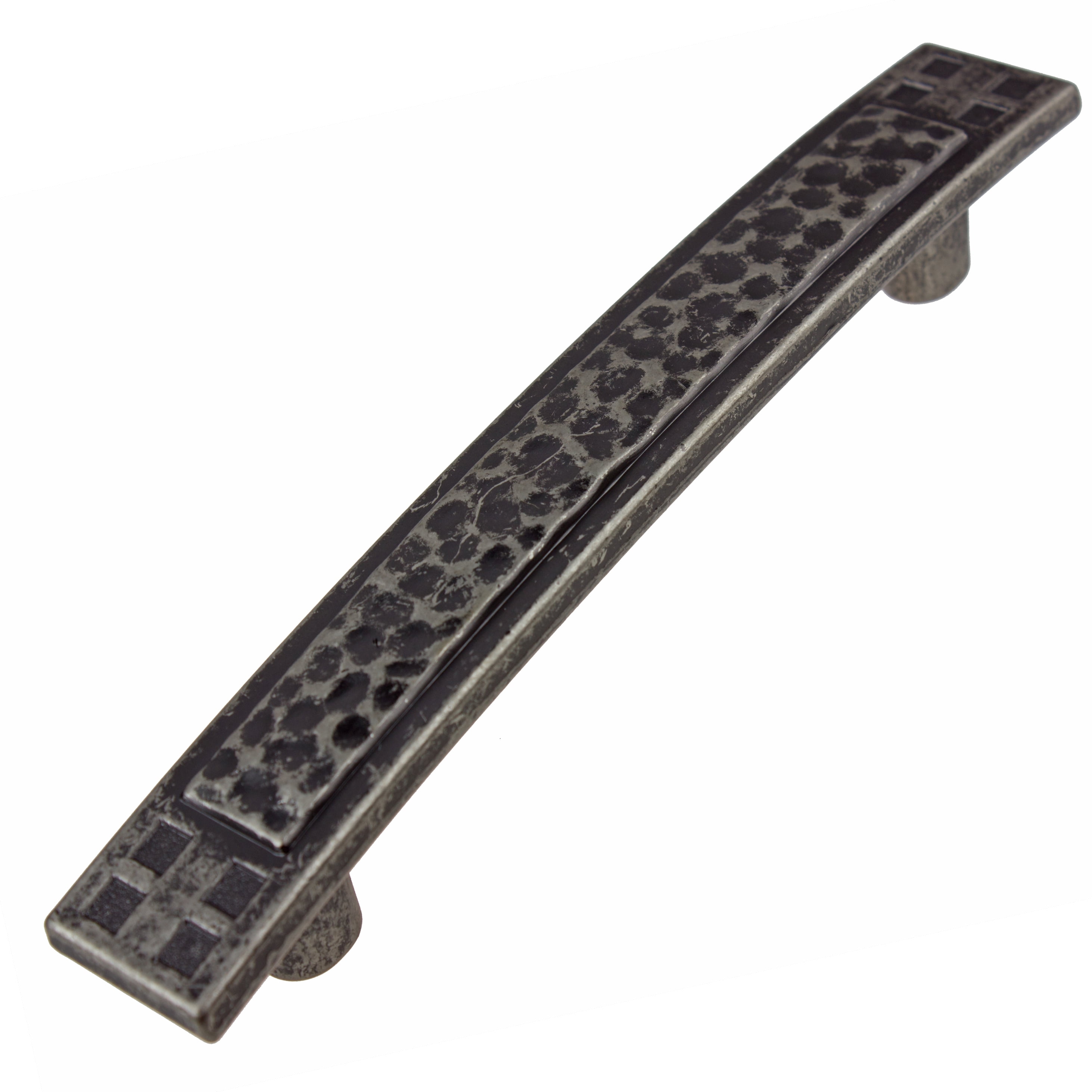Finding and Sourcing Mission Style Cabinet Pulls

The acquisition of authentic Mission-style cabinet pulls is a quest fraught with peril, demanding both discerning eyes and a healthy dose of skepticism. Navigating the market, rife with reproductions and outright forgeries, requires a strategic approach, blending meticulous research with a sharp awareness of pricing and provenance. The following details the challenges and opportunities inherent in this pursuit.
Sources for Mission Style Cabinet Pulls: A Comparative Analysis
Purchasing Mission-style cabinet pulls involves navigating a complex marketplace with diverse options, each presenting unique advantages and disadvantages. Antique shops offer the allure of genuine age and craftsmanship, but at the cost of inconsistent availability and potentially inflated prices. Online retailers provide convenience and a wider selection, but the risk of encountering reproductions or inferior quality is significantly higher. Custom makers offer bespoke pieces tailored to specific needs, but this comes at a premium price and extended lead times. The choice depends heavily on budget, desired level of authenticity, and the urgency of the project. For example, a high-end restoration project might necessitate the higher cost of custom-made pulls, whereas a budget-conscious remodel could find suitable options online.
Authenticity Verification of Mission Style Cabinet Pulls
Identifying authentic Mission-style cabinet pulls requires a keen eye for detail. Reproductions often fall short in replicating the subtle nuances of genuine articles. The following characteristics can help distinguish the authentic from the imitation.
- Metal Composition: Authentic pulls frequently utilize wrought iron or a similar heavy-gauge metal, exhibiting signs of age and potential imperfections in the casting process. Reproductions often use lighter, cheaper metals, lacking the weight and texture of the originals.
- Hardware Finishes: Original Mission pulls typically display finishes that reflect the patina of age, exhibiting signs of wear consistent with their use over time. These finishes are often less uniform and may show signs of oxidation or discoloration, unlike the uniform finishes of mass-produced reproductions.
- Design Elements: Authentic Mission-style pulls often incorporate specific design elements, such as simple geometric shapes, unadorned lines, and a lack of ornamentation. Imitations may stray from these conventions, incorporating unnecessary embellishments or overly stylized forms.
- Construction Techniques: The craftsmanship of original pulls is often superior, with evidence of careful hand-finishing and attention to detail. Reproductions may show inconsistencies in construction, such as rough edges, poorly formed joints, or uneven finishes.
- Maker’s Marks: The presence of maker’s marks or stamps can provide valuable evidence of authenticity, particularly when compared to documented catalogs or historical records. The absence of such markings, however, does not automatically disqualify a piece, as many early examples were unmarked.
Accurate Measurement of Cabinet Doors and Drawers for Pull Selection
Precise measurements are crucial for ensuring proper pull selection and installation. Improper measurements lead to awkward placement, interference with adjacent doors or drawers, and an overall unprofessional appearance.
The measuring process begins with identifying the center point of the cabinet door or drawer face. Imagine a crosshair drawn across the face, intersecting at the exact center. This center point serves as the reference for measuring the distance between the edge of the cabinet and the desired center point of the pull. Next, measure the width of the cabinet door or drawer face to determine the appropriate pull length. Using a measuring tape, carefully measure the distance from one edge of the cabinet face to the other, ensuring the tape is taut and aligned with the surface. Finally, measure the thickness of the cabinet door or drawer to ensure the pull is compatible. The process should be repeated for each cabinet door and drawer.
To illustrate, imagine a cabinet door 24 inches wide. The center point would be 12 inches from either edge. If you prefer a pull centered 3 inches from the edge, you measure 3 inches from the edge, marking the center of the pull location. The pull’s length should be selected based on the door’s width and personal preference, while the pull’s projection must accommodate the door’s thickness.
Integrating Mission Style Cabinet Pulls into Interior Design

Mission style cabinet pulls, with their inherent simplicity and handcrafted aesthetic, offer a unique opportunity to subtly influence, or dramatically alter, the overall feel of a space. Their versatility allows for integration across a spectrum of design styles, from the expected harmonious blend with Craftsman homes to the surprisingly effective contrast they provide in modern minimalist settings. The key lies in understanding the nuances of the style and its potential to either reinforce or challenge existing design choices.
Mission Style Pulls in Craftsman Interiors
The synergy between Mission style pulls and Craftsman architecture is undeniable. Both styles share a common lineage in the Arts & Crafts movement, emphasizing natural materials, simple lines, and handcrafted quality. In a Craftsman kitchen, for instance, dark wood cabinetry paired with substantial, dark bronze or wrought iron Mission pulls creates a cohesive and historically accurate look. The pulls’ understated elegance complements the inherent warmth and richness of the wood, avoiding any visual clutter. A bathroom in this style might feature similarly toned cabinetry with simpler, less ornate pulls, maintaining the overall aesthetic consistency. The effect is one of quiet sophistication and timeless appeal.
Mission Style Pulls in Rustic Interiors
Within rustic settings, Mission style pulls can either enhance or disrupt the aesthetic, depending on their execution. Heavily textured wood cabinets in a rustic kitchen, for example, could benefit from substantial, possibly slightly distressed, Mission pulls in a dark metal finish. This would reinforce the sense of handcrafted authenticity. However, using highly polished, sleek metal pulls would create a jarring contrast, undermining the intended rustic charm. The choice of material and finish for the pulls is crucial for successful integration in a rustic design scheme. Consider the overall color palette and the level of distressing present in the existing furniture and fixtures.
Mission Style Pulls in Modern Interiors
The unexpected juxtaposition of Mission style pulls in a modern setting can be surprisingly effective. In a minimalist kitchen featuring sleek, white cabinetry, dark wood or black metal Mission pulls introduce a tactile and visually grounding element. The simplicity of the pull’s design prevents it from overwhelming the clean lines of the modern aesthetic, while its inherent craftsmanship adds a layer of warmth and personality. Similarly, in a modern bathroom with light-colored tiles and minimalist fixtures, dark metal pulls can serve as a subtle yet impactful accent. This approach leverages the inherent contrast between the clean lines of modern design and the handcrafted feel of the Mission style to create a sophisticated and layered aesthetic. The effect is a subtle rebellion against stark minimalism, introducing a hint of handcrafted authenticity.
